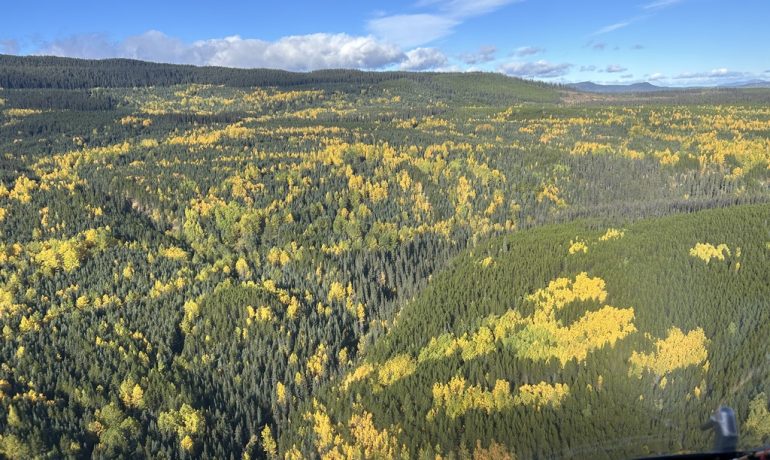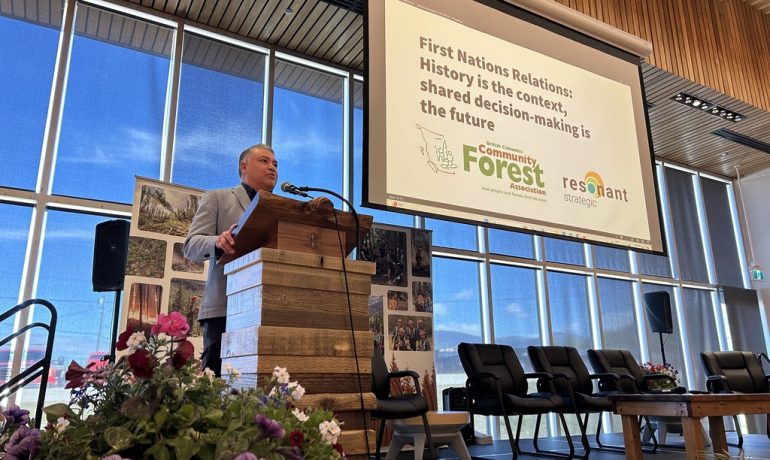Fire History and the Role of First Nations: “Two‐legged fire histories: Where tree rings and Indigenous knowledge meet”
Dr. Lori Daniels – Tree-Ring Lab, University of British Columbia
ABSTRACT: A holistic, landscape view and transformative changes to wildfire and forest management are
required to achieve forest and community resilience to contemporary and future wildfires. To succeed, we
must identify and address fundamental problems, which requires a comprehensive understanding of
historical fire regimes, their drivers and disrupters. Our most recent reconstructions of historical fire
regimes from tree rings indicate remarkably high fire frequency in many dry forests of the Cariboo,
Okanagan and southern Rocky Mountain Trench. In many stands, fires burned once every 7 to 15 years
over many decades to centuries, but abruptly stopped between 1860 and 1940. Land‐use change, fire
suppression and climatic variation contributed to the disruption of fire regimes. Also ecologically important,
but often overlooked, are the influences of Indigenous burning prior to colonization. Highlighting research
by three graduate students, Wes Brookes (MSc candidate), Greg Greene (PhD candidate) and Alex Pogue
(MSc 2017), I will show how fire patterns, including frequency, seasonality and synchrony, changed with
displacement of Indigenous people due to settlement. Embracing a “two‐legged approach” that integrates
western science and Indigenous knowledge is essential to achieve society’s goals to restore ecosystem
functions, sustain biodiversity, and increase forest and community resilience to wildfire.
Related Post
Forest Investment Program (FIP)
Forest Investment Program (FIP) The Forest Investment Program 2025/26
2024 Conference Presentations & Wrap Up
Conference Presentations and Videos in order of delivery



